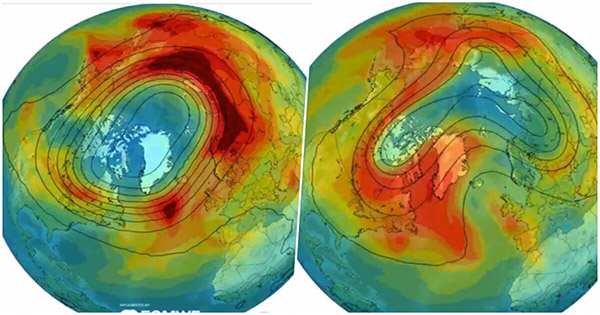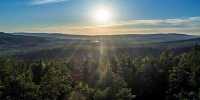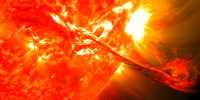The hole in the unprecedented northern hemisphere of the ozone layer has closed after a month of hiding over the Arctic. However, there is no reason for humanity to start popping champagne. The abnormal ozone hole (and its recovery) from the Covid-19 lockdown had little to do with human activity or even changes in pollution levels, but a strangely strong pole vortex around the North Pole.
In an announcement released on Twitter on April 23, Copernicus Atmosphere Monitoring Service (CAMS) scientists using multiple ozone observation satellite data confirmed that the “unprecedented 2020 Northern Hemisphere #weight hole is over,” an announcement was made on Twitter on April 2.
They added, “Although it looks like the polar vortex is not over yet and will improve in the next few days, ozone values will not return to the very low levels seen in early April.” The ozone layer is a region of the stratosphere between 15 and 30 kilometers (9.3 to 18.6 miles) above the Earth’s surface with a higher concentration of gas ozone than other parts of the atmosphere. It effectively acts as the salt of our trees, absorbing most of the sun’s harmful ultraviolet rays.
When you hear “ozone layer holes”, you probably think of the Antarctic ozone hole at the South Pole. Scientists first documented this hole in 1985, and it quickly became associated with some man-made chemicals, specially produced refrigerants and solvents that could act as ozone-depleting substances after being transferred to the stratosphere. Thanks to a huge global effort called the Montreal Protocol, the hole in the Antarctic ozone layer is the smallest in decades. The current situation at the North Pole, however, is somewhat different. While we hope to see natural variations in the ozone layer with the change in seasons, March 2020 brings something much more extreme than usual.
According to CAMS, the ozone hole first opened up an unusually strong polar vortex over the Arctic from mid-late March, an area of low pressure, causing the cold air vortex to expand. This exceptionally cold wind blocked the North Pole for several weeks in a row, creating polar stratospheric clouds, altitude clouds that can deplete ozone along with sunlight in the area, helping to increase chemical reactions involving man-made chemicals in the area. The result was dramatic depletion of ozone levels in the stratosphere which became one of the largest ozone holes recorded in the Arctic.
Martin Dameris, an atmospheric scientist at the German Aerospace Center in Oberpfaffenhofen, told Nature in late March, “From my point of view, you can first talk about any “ozone hole” in the Arctic.” Now, it appears that the polar vortex is starting to break, allowing ozone-emitted air to mix with ozone-rich air from lower latitudes. Since April 20, NASA’s Ozone Watch has shown significant levels of ozone returning to the Arctic pole, and the stratosphere has begun to show how you would expect it during a typical April.
















